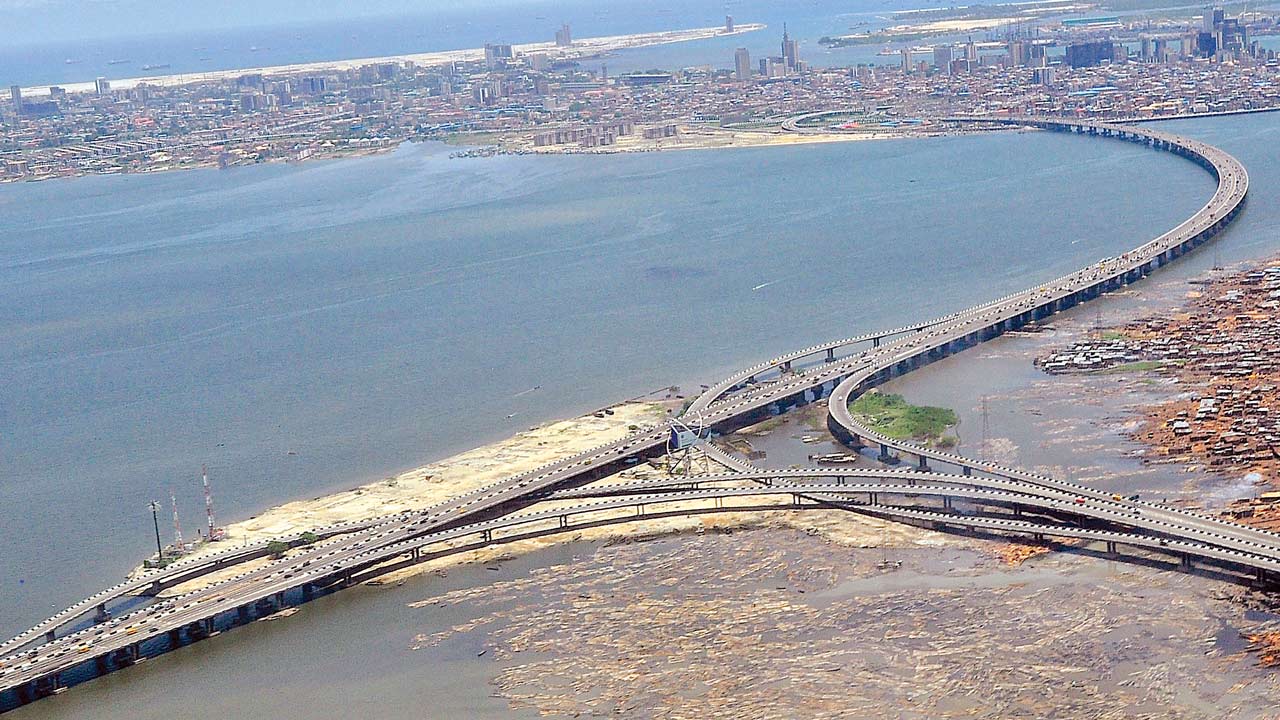These are the major, most prominent bridges in Nigeria arranged according to length from the longest to the least.
They also hold significant stories in Nigeria’s history serving as sites for tourist attraction, photography spots and winning a second place as Africa’s longest bridges.
These are the longest bridges in Nigeria:
- The Third Mainland Bridge- 10.5KM
- Lekki – Ikoyi Link Bridge -1.36 KM
- Eko Bridge- 1.35 KM
- River Niger Bridge- 1,024 KM
- Old Bridge, Makurdi- 0.788 KM
- Carter Bridge- 0.53KM
1. THIRD MAINLAND BRIDGE- 10.5 KM
The Third Mainland Bridge (3MB) takes its rightful place as the longest bridge in Nigeria. It was the longest in Africa right until 1996. It now holds second place.
It begins from Oworonshoki which is linked to the Apapa-Oshodi Expressway and Lagos-Ibadan Expressway and ends at the Adeniji Adele Interchange on Lagos Island.
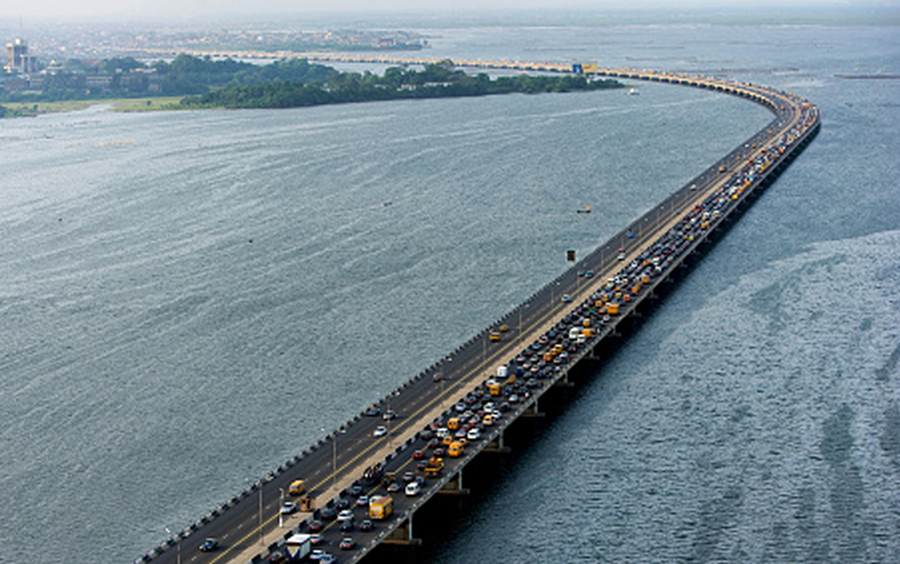
There is also a link midway through the bridge that leads to Herbert Macaulay Way, Yaba. It was built by Julius Berger Nigeria PLC.
Phase one of the project was commissioned by President Shehu Shagari in 1980 and completed by President Ibrahim Babangida in 1990.
It is also called the Ibrahim Babangida bridge. It measures 10.5 kilometres in length.
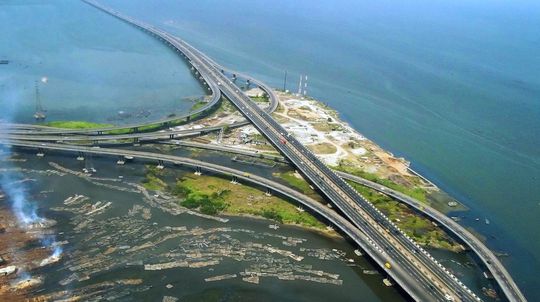
According to a traffic report in 2002, the number of vehicles in both directions recorded in 12 hours was 180,902 vehicles, which should have doubled or tripled after 18 years.
2. LEKKI – IKOYI LINK BRIDGE- 1.36 KM
At number 2 position, Lekki – Ikoyi Link Bridge is one of the longest bridges in Nigeria. The 1.36 km, cable-stayed bridge in Lagos State connects the Phase 1 area of Lekki with the Ikoyi district of Lagos.
It was commissioned on the 29th of May 2013 by the then Governor of Lagos State, Babatunde Raji Fashola.
It is the first cable-stayed bridge to be built in Nigeria and was constructed by Julius Berger Nigeria.
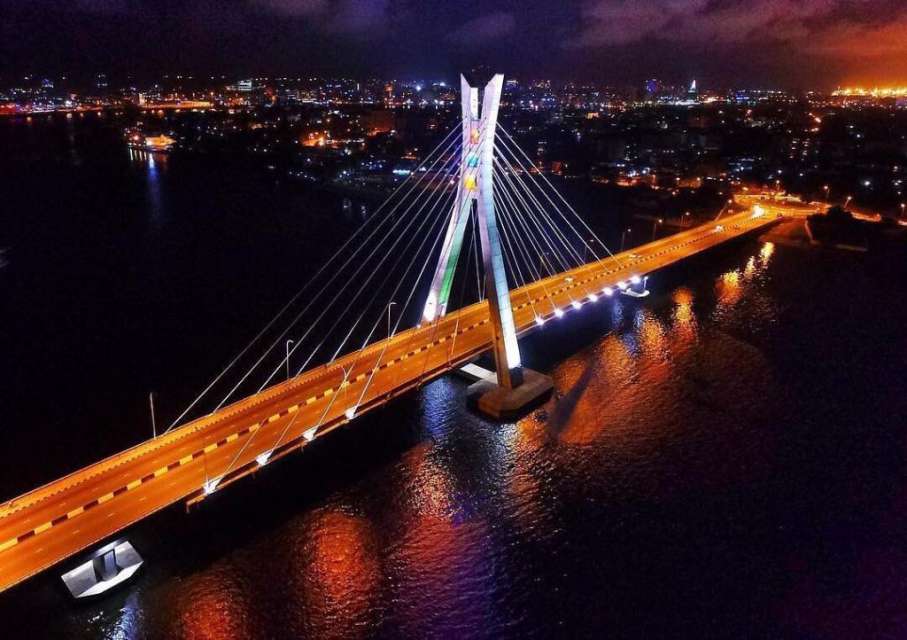
It has a 9-metre headroom above the water level in order to allow for the flow of maritime traffic.
Apart from vehicular traffic, the bridge also serves as a recreational facility.
Fitness inclined residents of Lekki phase 1 and Ikoyi use the wide curbs for jogging and running, usually in the early mornings and evenings.
Tourists and other visitors also find this bridge as one of the places to visit and it is one of the most photographed places in Lagos.
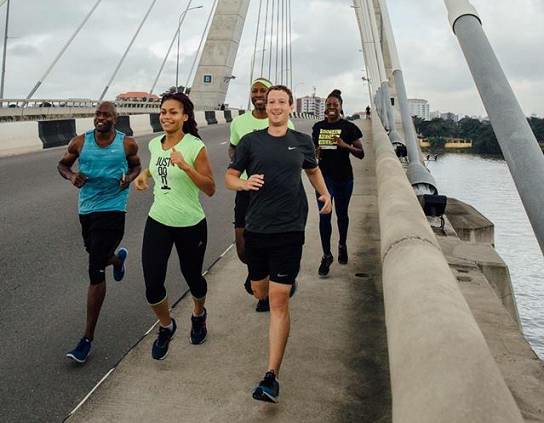
The founder of Facebook, Mark Zuckerberg went on a morning run on the Lekki-Ikoyi Link Bridge on his visit to Lagos.
3. EKO BRIDGE- 1.35 KM
Eko Bridge is one of three bridges connecting Lagos Island to the mainland, the others are the Third Mainland and Carter bridges.
It starts from Ijora on the mainland and ends at the Apongbon area of Lagos Island.
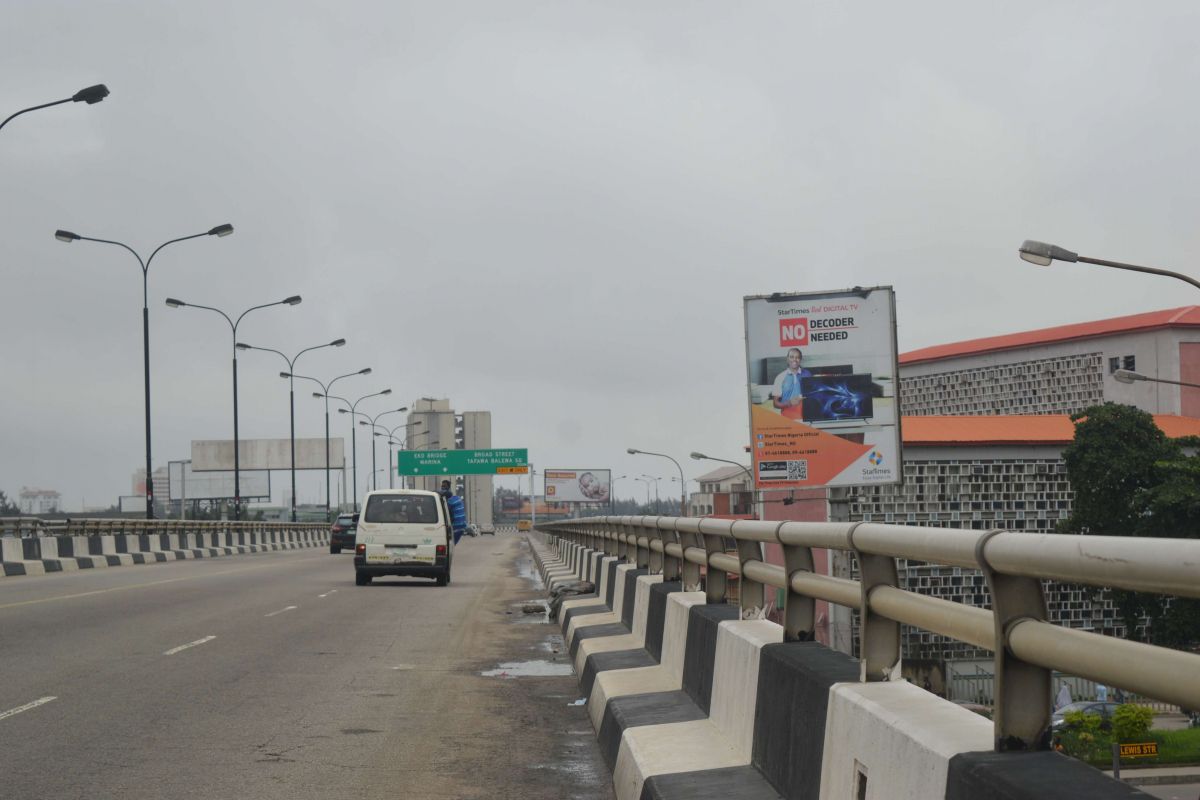
The lagoon section of the bridge spans a distance of 430 metres.
The bridge and its landward extension of 1350 metres were constructed in phases between 1965 and 1975.
It serves as the preferred access point for vehicular traffic approaching Lagos Island from the Apapa and Surulere areas of Lagos. It was also built by Julius Berger Nigeria PLC.
ALSO READ: Comprehensive Guide on Road Signs in Nigeria
4. RIVER NIGER BRIDGE- 1.024 KM
The River Niger Bridge in Onitsha (also known as the Onitsha Bridge), Anambra State, connects South-Eastern Nigeria with Western Nigeria over the River Niger. It is linked to Asaba in Delta State, Nigeria.
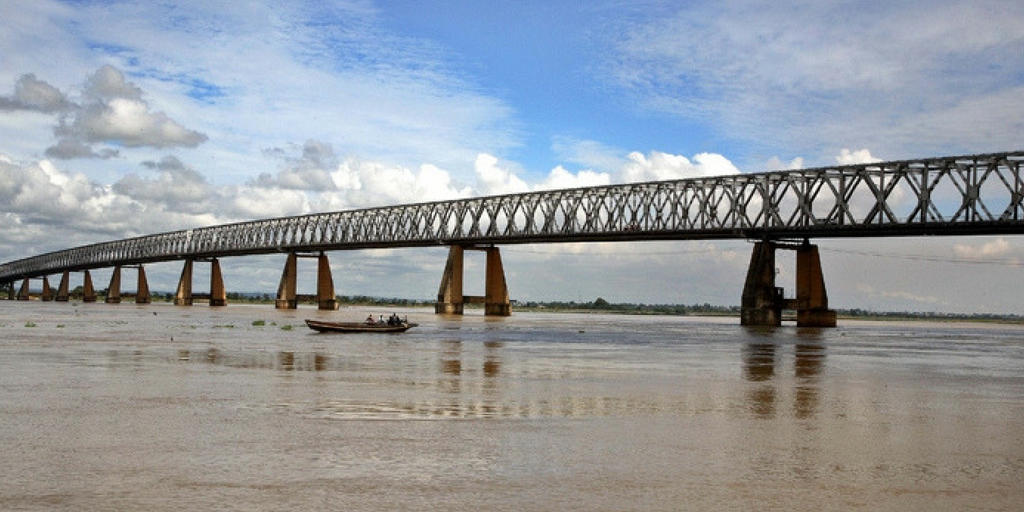
The construction was completed in December 1965. After its completion, it measured 1024.13 metres with a carriageway of 36 feet centre-truss and a pedestrian walkway on both sides of the carriageway.
It was commissioned by the then Prime Minister late Alhaji Tafewa Balewa and opened for traffic in December 1965.
During the Nigerian Civil War of 1967 – 1970, in an attempt to halt the Nigerian military advance, retreating Biafran soldiers destroyed the River Niger Bridge at Onitsha, trapping the Nigerians on the other side of the river.
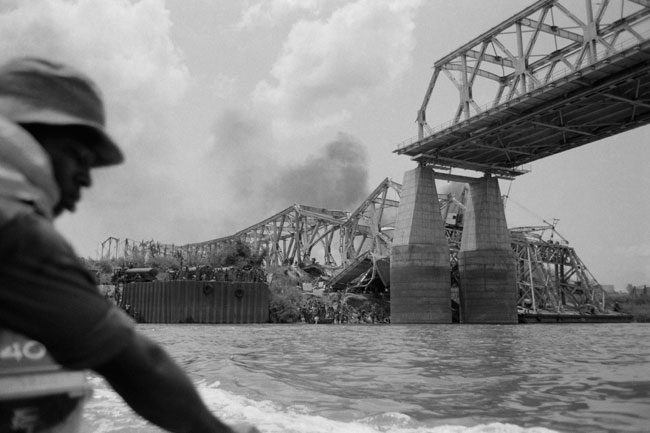
During the President Goodluck Ebele Jonathan’s administration, it was rehabilitated by replacing two spans on the Onitsha end that was damaged during the civil war with a fourteen-foot wide bailey.
5. OLD BRIDGE, MAKURDI- 0.788 KM
The Old Bridge, Makurdi is a combined rail and road bridge over the Benue River at Makurdi, Nigeria. The structure was completed in 1932.
Construction of the bridge started in 1928, and it was opened by Donald Cameron- a British colonial governor, on 24 May 1932 to coincide with the celebration of Empire Day.
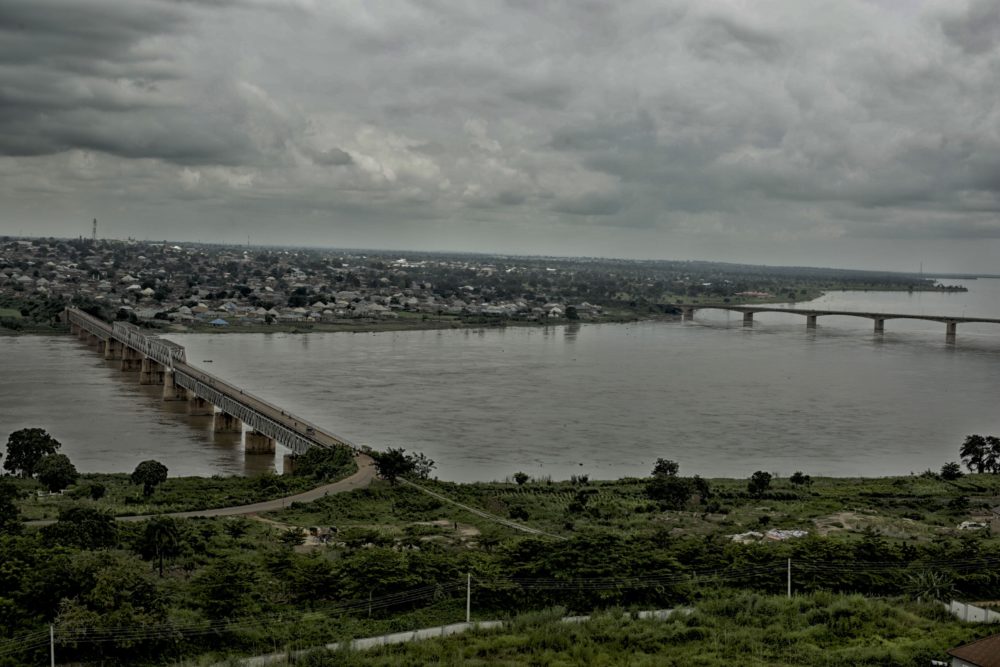
The span of the bridge is about half a mile, and the distance between abutments is 2,584 feet (788 m).
The bridge was built to replace the Nigerian railway’s ferry service that conveyed passengers across the Benue at Makurdi.
The bridge was constructed by Sir William Arrol & Co. At the time of its construction, it was one of the largest undertakings by the British in Africa and the longest bridge in Africa.
The track spacing is 3’6” in gauge. The site was chosen because of the narrowness of the river and the elevation of the land above the river (about 200 feet) at this point.
6. CARTER BRIDGE- 0.53 KM
Carter Bridge built in 1901 is one of three bridges connecting Lagos Island to the mainland, the other are the Third Mainland and Eko bridges.
At the time of its construction, this was the only bridge connection between the mainland and Lagos Island.
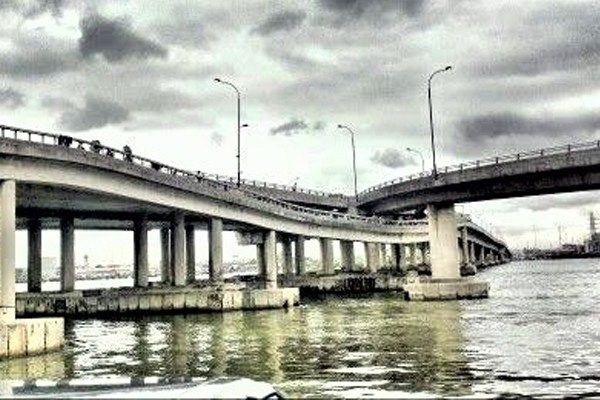
It starts from Iddo on the mainland and ends at Idumota area of Lagos Island. The bridge was named after Sir Gilbert Thomas Carter, a former Governor of the Colony of Lagos.
It was originally constructed by the British colonial government, prior to Nigerian independence in 1960.
After independence, the bridge was dismantled, redesigned and rebuilt during the late 1970s.
The Alaka-Ijora flyover, on the Iddo end of the span, was completed in 1973. It measures 530 metres.

